In my first blog post for The Nature of Cities, I wrote about environmental justice as a bridge between traditional environmentalism and an increasingly urban global population. I suggested that we had work to do to makes environmental concerns salient to a new, ever-more urban generation. Since then, I have been working to test this hypothesis. To that end, I developed an environmental justice education project being implemented in New York City schools. This project is built around Mayah’s Lot, the environmental justice comic book I co-wrote with artist Charlie LaGreca for the CUNY Center for Urban Environmental Reform (CUER). Funding for the project came from the CUNY Law School Innovation Fund. You can read the book here, and listen to an audio version with pictures here.

(Full-disclosure, I am the founding director of CUER, and the Center’s mission in many ways mirrors my own—connecting scholarly research with social change advocacy, particularly around issues of environmental democracy and community empowerment.)
Why environmental justice?
The roots of the Mayah’s Lot educational experiment go back more than a decade. In 2004, Michael Shellenberger and Ted Nordhaus sent shockwaves through environmental communities with their provocatively-titled essay “The Death of Environmentalism.”

Claiming that environmentalists in the United States were like generals fighting the last war, the authors urged that tackling climate change requires a rethinking of the most basic assumptions about the nature of environmental problems, and the solutions needed to overcome those problems. In particular, the authors urged that environmentalists abandon what they call an overly narrow conception of environmental issues, and instead make common cause with unions, industry and others to frame environmentally beneficial social change in terms of economic growth and prosperity. While I agreed with some of these points, I parted company with the authors’ narrow focus on co-opting the rhetoric of economic prosperity. Instead, I became convinced that environmental sustainability had to put social justice squarely at the center of its mission.
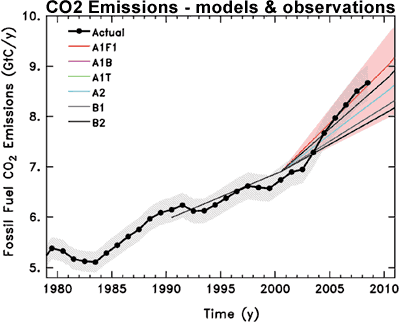
Nearly a decade into this Death of Environmentalism debate, what we are seeing may actually be the death of the environment itself. Atmospheric CO2 concentrations hover at the 400ppm threshold, human population is headed toward 11 billion, 2012 Arctic sea ice hit its lowest extent ever, and we are losing species up to 10,000 times faster than background extinction rates. The Inter-governmental Panel on Climate Change’s worst-case scenario, laid out in 2007, looks increasingly over-optimistic. Yet, the same debate is still raging over the same set of environmental versus economic tactics: even as the world drastically changes for the worse.
It is to one small subset of this ongoing debate that my work in New York City schools is directed. Too often, New Yorkers bracket environmental issues as happening “elsewhere,” or minimize those issues as the province of “liberal white people.” Yet, many of the ills that plague New York’s poor neighborhoods, especially its communities of color, are directly related to toxic waste dumps, excessive truck traffic, bus depots, waste transfer stations and other “locally undesirable land-uses” (often called LULUs, hence Lulu is the villain in Mayah’s Lot).
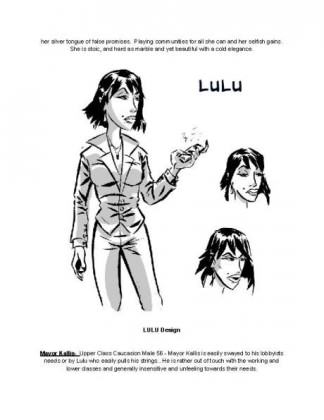
I am convinced that environmental justice is the way out of this conundrum, and I am convinced that youth education is the place to start. In an era of climate change, environmental concerns are the core of social justice. It is no accident that Mayah’s Lot begins with Mayah, saying:
“Environmental Justice, I bet you don’t even know what that means…I had no idea that it actually affects every one of us. That is, until it came to my home.”
Why a comic book?
Once scorned as representing “an all-time low” in education, comic books have recently come into their own as educational tools. Rechristened “graphic novels,” many comic books now grapple with weighty social issues on a regular basis. In 2011, the United States Center for Disease Control released Preparation 101: Zombie Pandemic—a graphic novel targeting emergency preparedness. That same year, MIT Professor Jonathan Gruber published a political primer in comic book form entitled Health Care Reform: What It is, Why It’s Necessary, How it Works. Educators are increasingly realizing that comic books have an untapped potential. Their bright colors and simple story lines make them accessible, and few people are intimidated by being asked to read a comic book. That makes these books an attractive tool for reaching non-traditional audiences, reluctant readers, and young readers. Organizations like Comicbook Classroom are using comics to great effect with these populations.

It certainly helps that artist Charlie LaGreca created a visually-stunning book. Mayah’s Lot stands alone as a storybook, but it also provides valuable environmental justice lessons. It is an ideal tool for bringing environmental messages to a generation steeped in highly visual and interactive ways of learning. Students learn alongside Mayah, the young heroine, as she organizes her already environmentally over-burdened neighborhood to prevent the siting of a hazardous waste facility on a nearby vacant lot. To succeed, she must navigate administrative law hurdles, produce compelling advocacy grounded in fact-based reasoning (a big component of the new Common Core Learning Standards), and mobilize popular support.
The resulting story offers an environmental justice message that has won praise from state environmental protection agencies around the country (Mississippi and Illinois will be adopting the book in their community outreach efforts), has been featured in Colorlines and mentioned on NY Times Parenting blog. Better still, it resonates with children like my very urban daughter and her friends—many of whom tend to think of “the environment” as existing elsewhere, rather than where they live and learn.
Why public schools?
With funding from the Greening Western Queens Fund, CUER piloted use of Mayah’s Lot in six-week educational workshops with 200 fifth and sixth graders at two Queens schools (Public School (PS) 85Q and PS122Q). Far too many public schools in places like New York City are struggling—underfunded and overcrowded. Even the most dedicated teachers are hard-pressed to meet ever-changing curricular expectations. Projects like Mayah’s Lot can help teachers and students think about learning in new ways, and by integrating science, art and civics with students’ lived experience bringing a new excitement to the classroom (having an amazingly talented artist fresh from organizing the Denver Comic Con come into the classroom and draw with the students doesn’t hurt either).

And the results are dramatic. In pre-tests taken before the program began, few students knew whether agencies were part of the executive, legislative or judicial branches of government. They were fuzzy on how laws are made, and had no idea about implementation. None could name three agencies or define environmental justice. By the program’s end, students could comfortably identify multiple agencies, fit those agencies into a scheme of governmental separation of powers, and virtually all knew that fair treatment and meaningful participation were key components of environmental justice.
In a helpful bit of critique, Mike Ewall of EJnet.org pointed out that the program really should include the 17 Principles of Environmental Justice articulated at the 1991 First National People of Color Environmental Leadership Summit. The next iteration will definitely do so.
The comic book challenged students to translate their grade-school civic lessons into a real-world appreciation for how to use law to achieve environmental justice. The environmental justice curriculum built around Mayah’s Lot, helped these students cultivate not only an understanding of how public policy decisions are made, but also a keen appreciation for the points at which citizens can fruitfully intervene in that process. It taught them to use citizen science to generate data, and to make their interventions as persuasive as possible. Students began identifying environmental problems in their neighborhoods.
With help from artist Charlie LaGreca, each class of students created its own environmental villains. Here are a few of the more notable ones: Evil Jimmy (who sprayed polluted water from his hoses); the Bear King (who killed animals indiscriminately and destroyed their habitat) and the Litterer (whose villainy is self-explanatory).
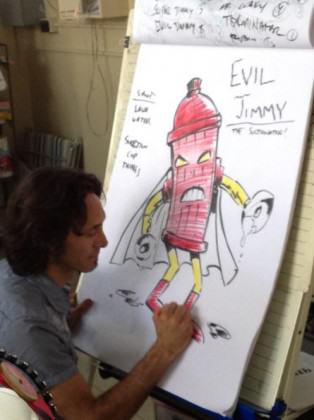

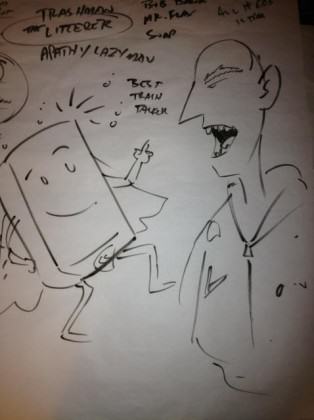
Many students used these villains to create their own environmental justice comic books, addressing environmental issues in their communities. And, because every good comic book has a hero, here is one of the student-created environmental justice heroes for good measure: Super Rex the Recycler.

The most encouraging part has been the reaction from the students. One note left by a 10-year old on EPA’s Environmental Justice in Action Blog (which featured Mayah’s Lot on June 27, 2013), really says it all.
“Hola, mi nombre es Itzá y vivo en El Paso,Texas y tengo 10 años. Yo creo que deberían seguir enseñando acerca de la justicia ambiental. Me interesó como un grupo unido de ciudadanos detuvieron a otras personas que querían tirar cosas tóxicas que causaban daño a la gente del barrio. Me impresionó el valor de los activistas que defendieron a su comunidad. Gracias por el mensaje.
(estoy usando el correo de mi papá).”
Translated to English from the original:
Hello, my name is Itzá and I live in El Paso, Texas and I am 10 years old. I think they should continue to teach about environmental justice. It interested me that a united group of citizens stopped others who wanted to dump toxic things that would damage the neighborhood. I was impressed by the courage of the activists who defended their community. Thanks for the post. (I’m using my dad’s email).”
Rebecca Bratspies
New York City




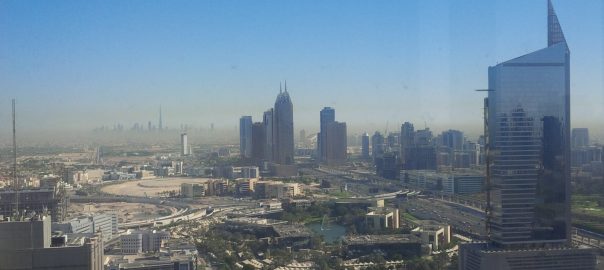

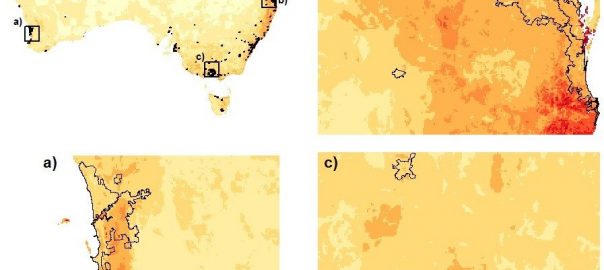
Leave a Reply